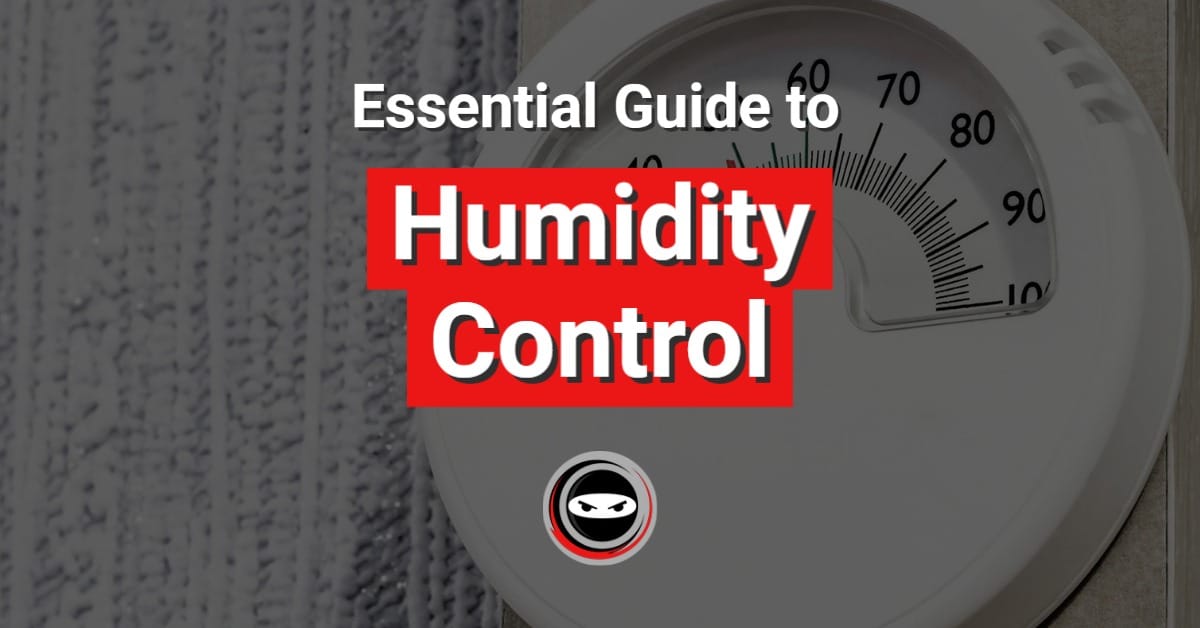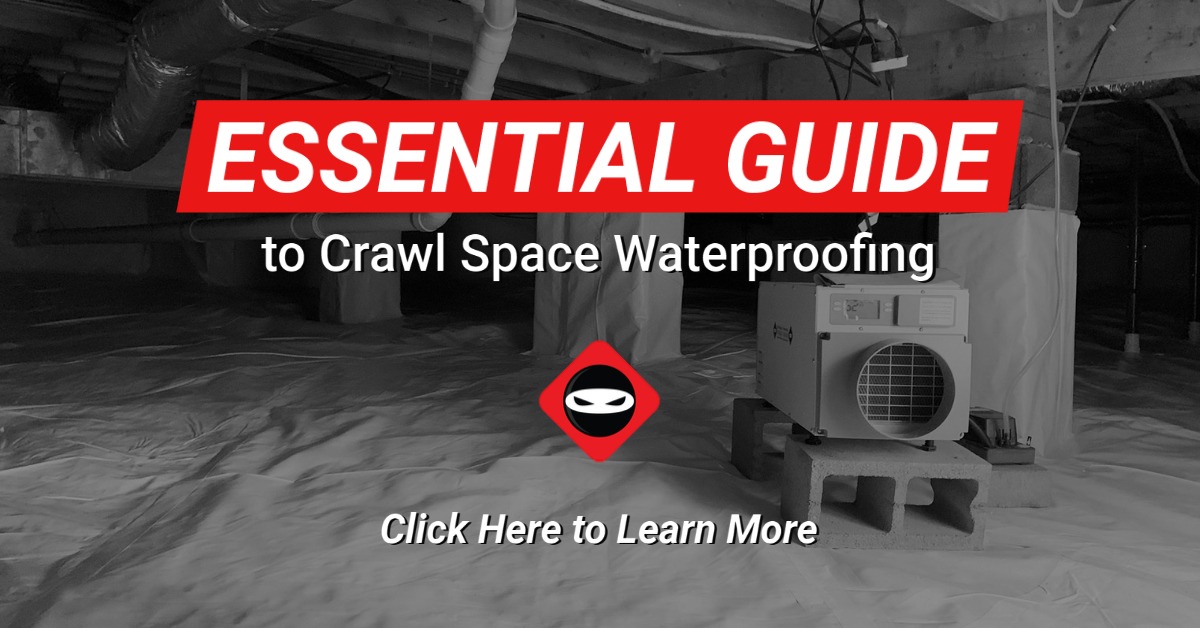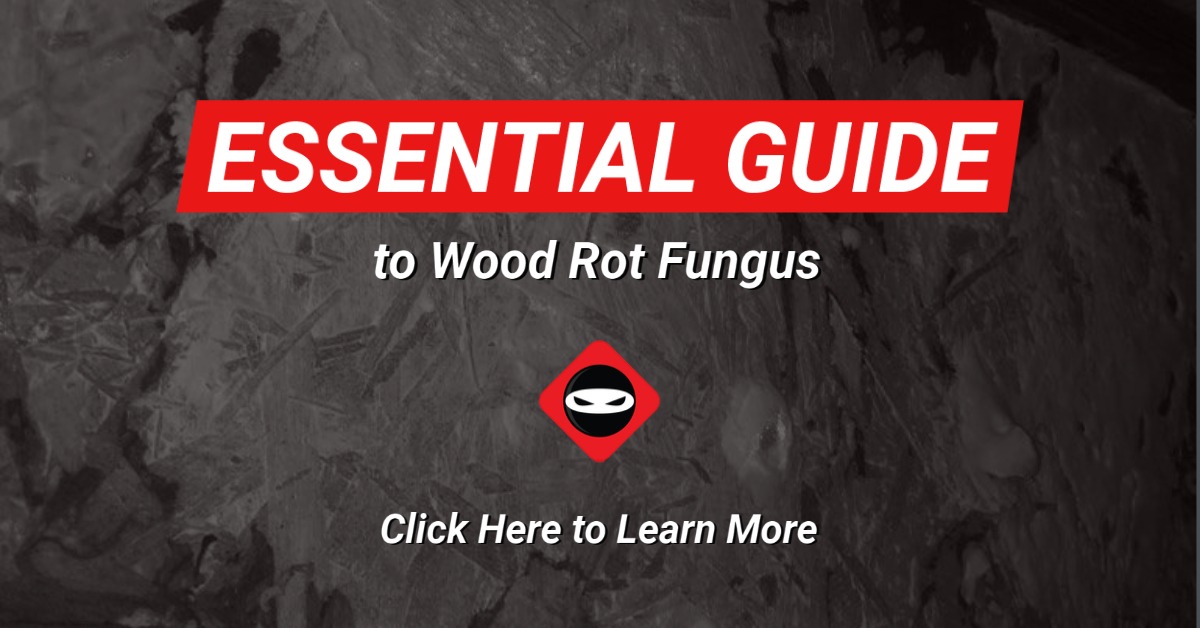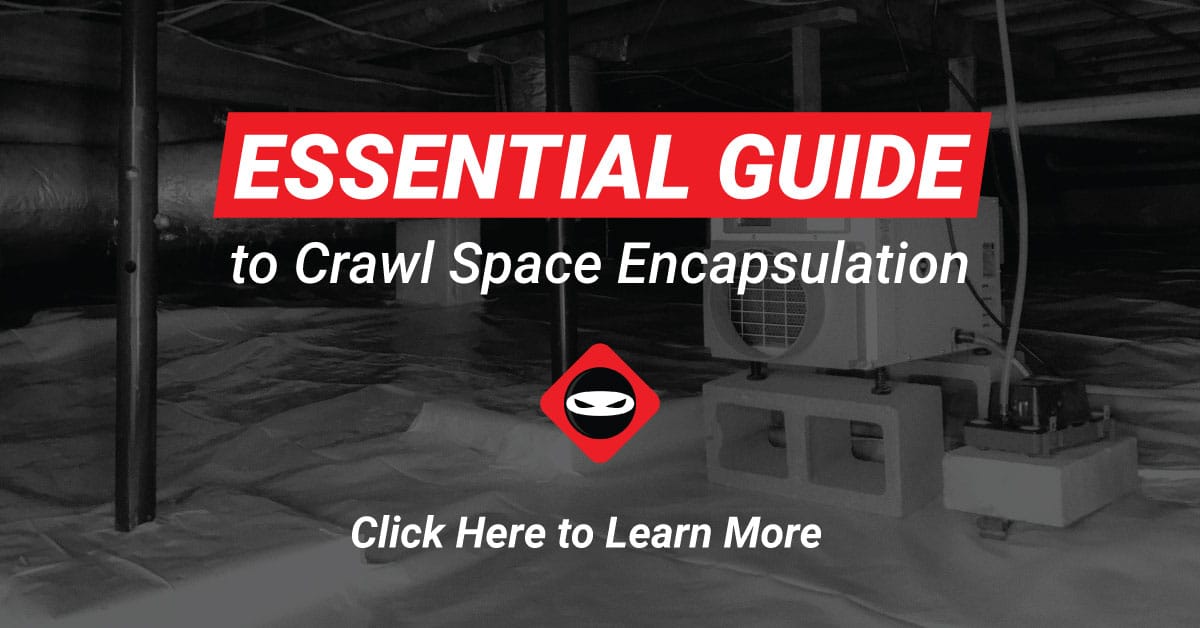Exposure to mold and dampness may cause health effects, according to the CDC (Centers for Disease Control and Prevention). They go on to say exposure could have no effect at all. This, of course, all depends on you. Some individuals can handle long term exposure to damp, moldy environments.
Others can develop a skin rash or asthma attack or worse. Regardless of how a person reacts to mold and dampness, the home usually reacts the same every time. And it’s not good.
How Does Mold and Dampness Affect the Home?
Usually dampness comes and then mold. Crawl spaces, basements and other parts of the home should be kept dry to prevent mold. Most understand this but fail to realize the impact humidity has on the home. Humidity issues create damp building materials. Building materials are usually organic and porous and allow mold to grow freely. Drywall, also known as sheet rock or gypsum board, actually has paper on it. Paper is a great mold source once it becomes damp.
Mold and dampness can lead to structural issues as well. When the subfloor or floor supports become infected with mold, they can soften. Soft wood is not good at supporting the home’s structure. Some indications of soft wood could be bouncing floors or cracks in the drywall above doors. Addressing these structural issues starts with drying the wood and removing the mold. If you place good hard wood beside soft moldy wood, the good wood becomes soft too.
Mold and Dampness and You
As stated by the CDC, not everyone is affected by mold and dampness. But that does not mean it will never affect you. Usually, long term exposure to allergens can cause one to develop allergies. Just because moldy wet drywall doesn’t make you sick, it may be affecting your home or those around you. Here are some symptoms the CDC lists when exposed to mold and dampness:
- Stuffy nose
- Wheezing
- Red or itchy eyes
- Red or itchy skin
- Asthma symptoms
- Fever
- Shortness of breath
Preventing Mold and Dampness in the Home
Mold and water issues can be difficult to find, especially in areas you do not frequent. This can make discovering moisture issues and mold in crawl spaces difficult. Using humidity monitoring devices like the Govee can make this simpler. Once moisture issues are detected, here are some recommendations:
- Promptly fix the moisture problem
- Control Humidity
- Utilize containment if needed
- Hire a professional for big problems
What Not to do with Mold and Moisture
One of the biggest mistakes made is discovering a mold problem is ripping out mold covered building materials without proper containment. Many homeowners react to mold the same way, remove it as quickly as possible! Keep in mind you can cause more damage if containment, filtration and proper mold protocols are not followed. If you discover a damp, moldy area in your home, fix the water source immediately. But maybe do some research on developing a mold removal plan or consult a mold professional prior to beginning tear out.
Contact Crawl Space Ninja for Basement Waterproofing and Encapsulation
Please contact us to schedule your assessment to fix your crawl space, basement issue.
Do you need help with mold removal, crawl space encapsulation, crawl space insulation, vapor barrier, waterproofing, foundation repair, basement waterproofing, or controlling humidity in your crawl space?
If you live in Georgia, Delaware, North Carolina, South Carolina, Tennessee, or Kentucky, Crawl Space Ninja can help!
Also, let us know in the comments below if you have an idea for a new blog topic.
DIY Crawl Space Repair
Perhaps you’d like to tackle your own crawl space repair. Visit our DIY Store.
Join Crawl Space Ninja as an Owner
Learn about Crawl Space Ninja Franchise opportunities.





